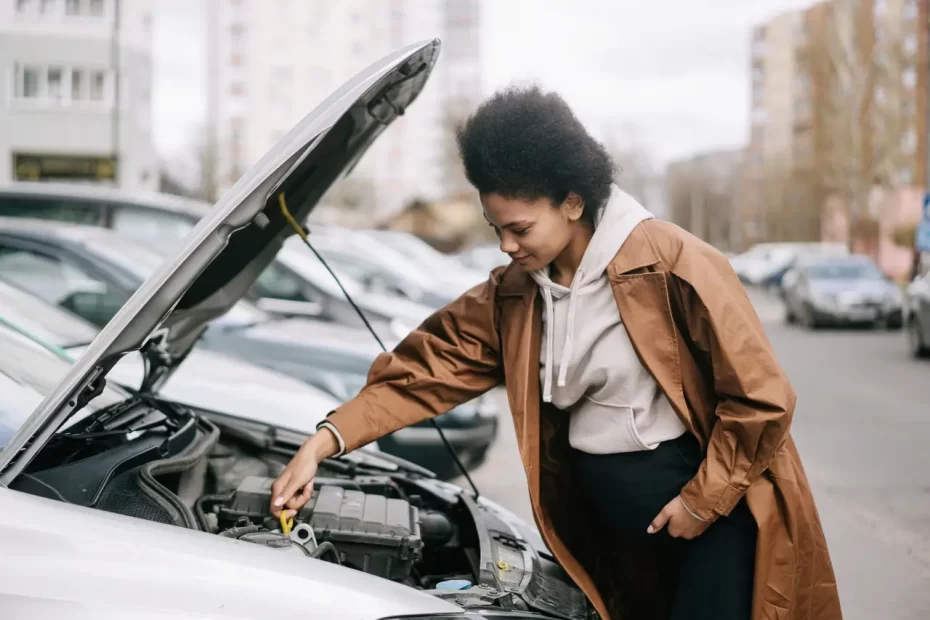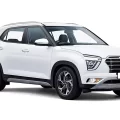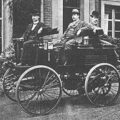Experiencing your Car Shutdowns while driving can be both unsafe and frustrating. In this article, we will explore the most common reasons for your car randomly shutting off, how to address and prevent these issues through proper car maintenance, and the essential steps to take when faced with this situation on the road. Let’s delve into the topic of car engine shutdown while driving and how to deal with it effectively.
1. Identify the Causes of Your Car’s Unexpected Shutdown
Car shutdowns while driving can be attributed to various factors. It’s crucial to understand these potential culprits to address the issue properly:
a. Faulty Crankshaft Position Sensor
A leading cause of car shutdowns is a malfunctioning crankshaft position sensor. This sensor plays a vital role in monitoring the engine’s moving components and helps optimize fuel injection and ignition timing. When it fails, it can lead to misfires and engine problems.
Common signs of a faulty crankshaft position sensor include an illuminated check engine light, erratic tachometer readings, reduced fuel efficiency, rough engine performance, and eventual stalling during driving. To diagnose this issue, use an OBD scanner to check for error codes in the P0335 to P0338 range.
b. Faulty Engine Control Unit (ECU)
A faulty Engine Control Unit (ECU) can also cause sudden power drops, decreased fuel efficiency, and engine stalling. Symptoms may include jerky driving and a lit check engine light. While diagnosing an ECU issue is challenging, using an OBD scanner can help identify relevant trouble codes. Consult a professional mechanic for a thorough diagnosis.
c. Faulty Alternator
The alternator plays a crucial role in generating electrical power for your car’s various systems. When the alternator fails, your car may not receive sufficient electrical power, leading to stalling. Pay attention to flashing dashboard lights as a warning sign. Regularly check your battery and alternator using a multimeter every 4-6 months to detect any issues early.
d. Empty Fuel Tank with a Faulty Fuel Gauge
Surprisingly, an empty fuel tank can cause your car to shut off while driving. A malfunctioning fuel gauge may incorrectly display fuel levels. If you suspect a faulty gauge or sensor, add a small amount of fuel to see if the car restarts.
e. Clogged or Faulty Fuel Pump or Fuel System
A bad fuel pump or clogged fuel filter can disrupt the engine’s fuel supply, leading to shutdowns. Symptoms include power loss and engine stalling. If your fuel filter is nylon or paper, replace it. Metal filters can be cleaned and reused. To test the alternator, use a multimeter to measure voltage output.
f. Faulty Ignition Switch
Rust buildup in the ignition switch or a failing ignition relay can disrupt electrical connections, leading to sudden engine shutdowns. Check for dashboard lights when the engine stalls, and attempt to restart the car. If the dashboard is dead or the car won’t start, it could indicate an ignition switch problem.
g. Faulty Spark Plugs
Spark plugs are essential for combustion in the engine. Multiple malfunctioning spark plugs can lead to engine stalling. Look out for reduced engine performance, lack of acceleration, engine misfires, and knocking sounds. Physically inspect your spark plugs for issues like blistering or contamination.
2. What to Do When Your Car Shutdowns While Driving
In the event of your car shutting off while driving, follow these crucial steps to ensure your safety and the safety of others on the road:
a. Pull Over Safely
When your car stalls, remain calm and steer your vehicle to the side of the road or shoulder. Ensure that you prevent rear-end collisions by signaling your intention to stop and pulling over safely.
b. Attempt to Restart Your Car
Once you’ve stopped, try to restart your car. If you can identify the issue and it’s safe to do so, you may be able to restart and drive to a nearby auto repair shop.
c. Use Emergency Flashers
If your car cannot be restarted, use your emergency flashers to alert other drivers that your vehicle is immobile and not merging back into traffic. This ensures your safety as you figure out the next steps.
d. Call for Assistance
Contact your emergency number or a roadside assistance service like AAA, which typically offers 24/7 assistance. If you cannot reach assistance services, the police can help you contact roadside assistance if needed.
e. Diagnose with OBD2 Scanner (if possible)
In some cases, your car may start again after shutting off while driving. If this happens, use an OBD2 scanner to check for trouble codes in the engine control unit (ECU) to help identify the issue for future reference.
Conclusion
In conclusion, experiencing your car shutting off while driving can be alarming, but understanding the potential causes and following safety protocols can help you navigate the situation effectively. Regular car maintenance and vigilance can also prevent many of these issues. Keep your vehicle in optimal condition to ensure a safe and smooth driving experience.












